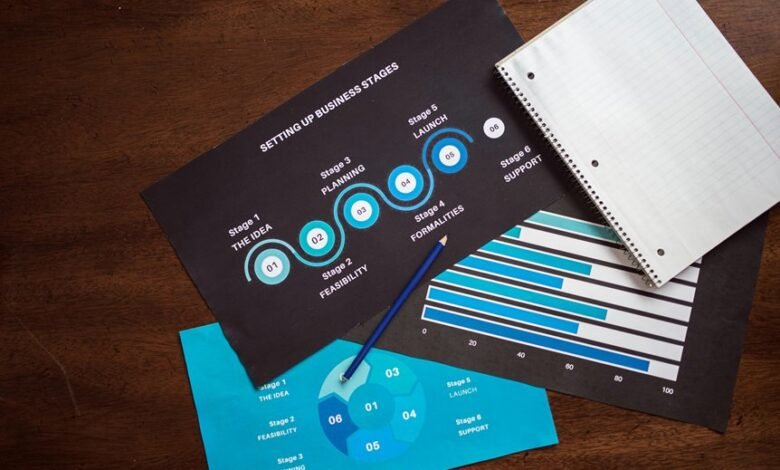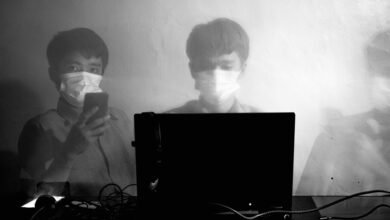Snapinista: Analisando o Impacto das Imagens no Processo Judicial

The influence of visual evidence in judicial proceedings warrants careful examination. Images possess the potential to clarify complex narratives and sway jury perceptions. However, this capability raises significant ethical questions regarding consent and privacy. Legal professionals must navigate these challenges thoughtfully, balancing the persuasive power of visuals with the rights of individuals involved. Understanding this dynamic is essential for evaluating the broader implications of imagery in the quest for justice. What complexities arise from this intersection?
The Role of Visual Evidence in Courtrooms
Visual evidence plays a pivotal role in the judicial process, serving as a crucial medium through which juries and judges comprehend complex information.
Its capacity for visual persuasion enhances courtroom dynamics, allowing for clearer understanding of facts and narratives. This influence can shift perceptions, ultimately impacting decision-making processes, as jurors respond more readily to visual stimuli than to verbal arguments alone.
Case Studies: When Images Shape Outcomes
Although the use of images in legal proceedings is often debated, numerous case studies illustrate their profound impact on trial outcomes.
Image persuasion plays a critical role in shaping jury perception, influencing decisions significantly. For instance, compelling visuals can evoke emotional responses, altering jurors' interpretations of evidence and testimonies.
Such findings underscore the necessity of understanding images' power within the judicial context.
The Ethical Considerations of Using Images in Legal Contexts
As the legal system increasingly incorporates images to convey evidence and arguments, ethical considerations arise regarding their use.
Consent issues become prominent, particularly when images involve individuals who may not have agreed to their dissemination.
Additionally, privacy concerns loom large, as the potential for misuse or misinterpretation of images can infringe on personal rights, challenging the balance between justice and individual freedoms.
Conclusion
In the intricate tapestry of the judicial process, images wield significant power, capable of swaying opinions and molding narratives. As visual evidence increasingly takes center stage, the courtroom becomes a theater where emotions and ethics intertwine. Will the allure of compelling visuals ultimately serve justice, or will it obscure the very rights it aims to protect? The answer lies in the delicate balance between persuasion and responsibility, a tension that will shape the future of legal proceedings.




